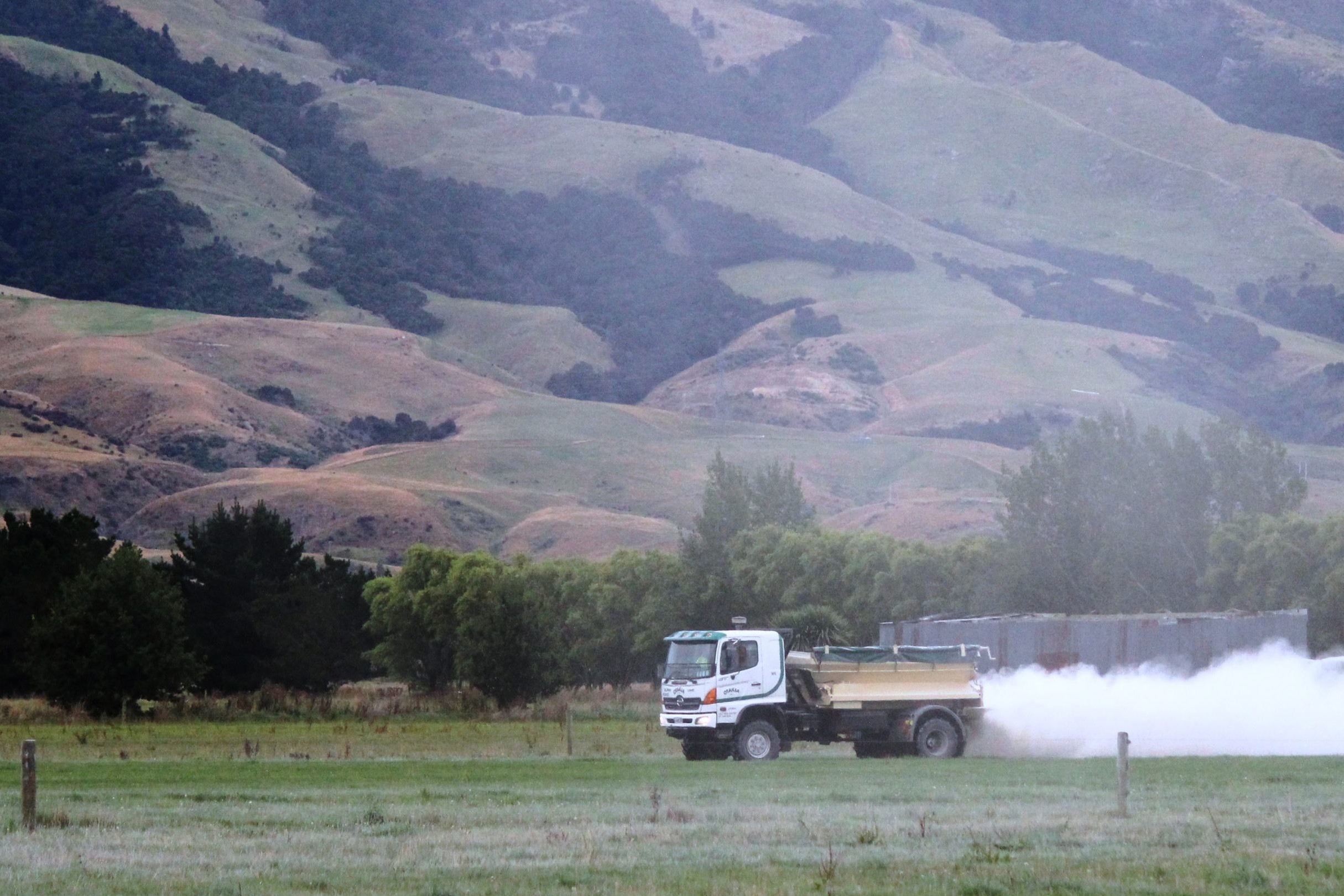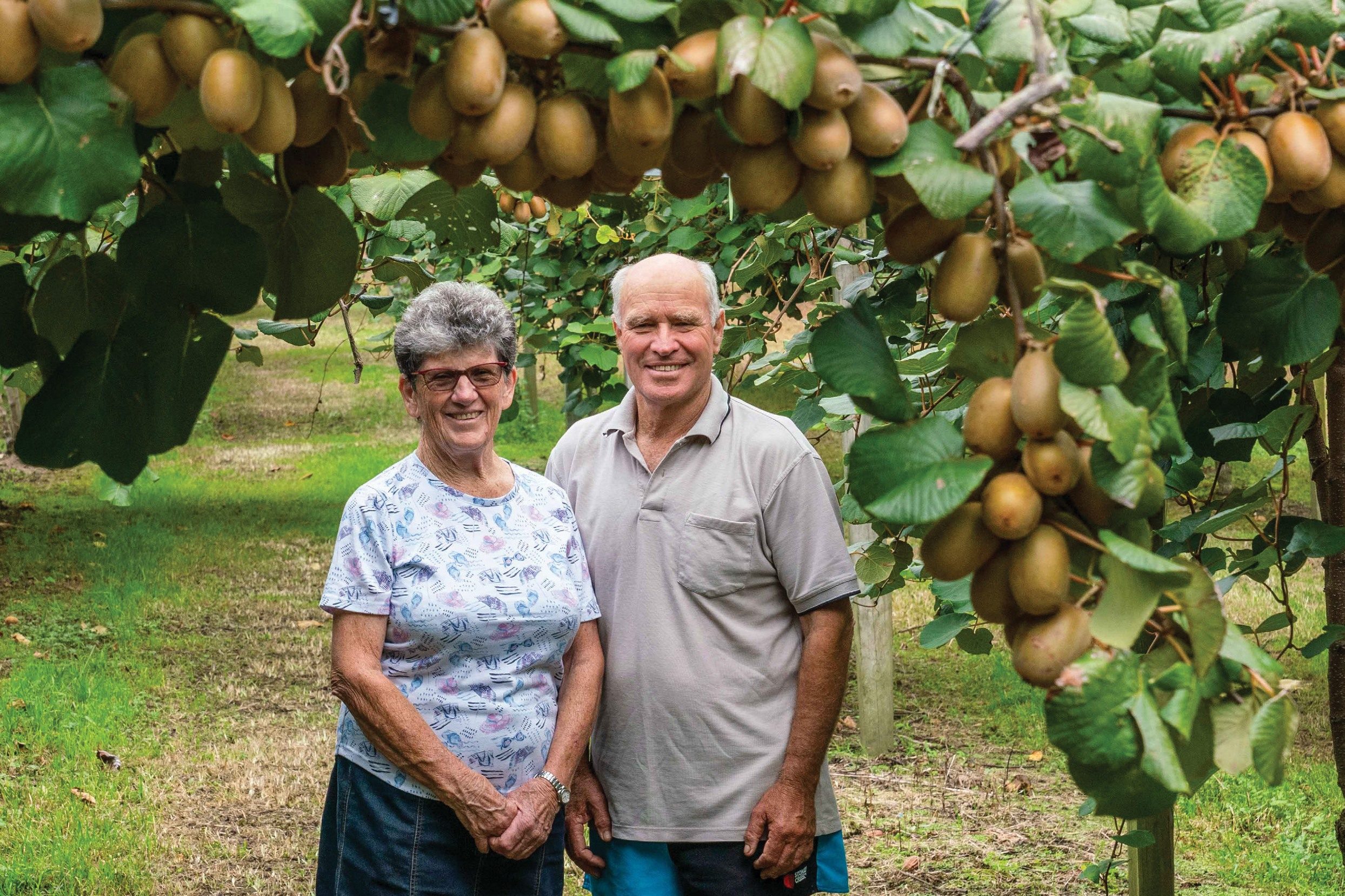Canterbury dairy farmers Alan and Richard Crowe believe their herd’s low milk urea average unequivocally correlates with their low nitrogen leaching onfarm. Sheryl Brown reports.
The Crowes’ 700-cow Holstein Friesian herd averages 19.9 milk urea (MU), 34% lower than the national average.
“In my view MU connects directly to the nitrogen inputs and outputs for a dairy cow,” he says.
“If MU was put into a model such as Overseer it would immediately show dairy farms that are performing well and which ones are leaching heavily.”
CRV Ambreed wants the relationship between MU and urinary nitrogen (UN) to be investigated for New Zealand conditions and Alan agrees it would be a great measurement of what is excreted on to the soil.
“With what I’ve experienced I think the possible relationship between MU and UN is 100% right,” Alan says.
Alan started monitoring MU and became interested in the subject when he realised their herd was consistently below the national average, and way below neighbouring farms that were high users of nitrogen.
‘In my view MU connects directly to the nitrogen inputs and outputs for a dairy cow.’
“Milk urea is a very interesting subject for us. I didn’t take a bit of notice of it at the start when Synlait first started measuring it. We didn’t really know what it meant.
“I asked Synlait for all the data, and it was mind-boggling stuff.”

For 2012/13 season his herd averaged 23 MU, 23% lower than the national average of 30 MU and by 2015/16 his herd’s season average had come down to 19.9 MU.
Alan puts the low MU on his farm down to three things;
“My gut is telling me that our genetics means our cows are very efficient feed converters.”
Their North American Holstein Friesian cows average 105% production/kg liveweight.
“Our cows are genetically bred for higher production than we are doing, but are restricted by the amount of pasture in their diet.”
The second reason for low MU is they’ve replaced all the diploid pastures on the farm with tetraploid cultivators which has made a significant difference to the energy available in the grass, he says.
The average metabolic energy (ME) in the pasture has gone up from below 12 to 12.55 and has peaked at 13 ME.
Combined with a new fertiliser programme, containing humates and minerals, which focuses on soil nutrition the grasses now have a far better root mass going down to 1100mm which relates to more nutrient uptake and less leaching, he says.
Humates is a carbon containing fulvic and humic acid, along with seaweed, as available soil microbe feeder. Humates are helpful to improve the fungi and bacteria ratio, stimulate plant root mass and depth, with a stimulated microbe population including worms, Alan says.
Soil compaction disappears and improves water holding capacity.
“Humate is the glue that holds leachables in the soil and the root zone including nitrogen – recent research has proved that.”
Greater understanding is needed in the nitrogen cycle, the arrival of atmospheric nitrogen and applied nitrogen, along with other elements everything is connected to something else, become aware of deficiency and excess, Alan says.
“There is no economic sense applying additional nitrogen that plants can’t take up and surplus escapes past the root zone, spiking MU, cell count and lameness.”
The third reason for their herd’s lower MU is from feeding the cows a diet with lower crude protein by feeding grain and other supplements throughout the year, Alan believes.
Since making those significant fertiliser changes onfarm and changing the cultivars in the last eight years, the crude protein levels in the pasture has dropped from 28-30% to 25%.
Combining the pasture with grain throughout the year and other supplements in the shoulders of the season, the average crude protein now sits at 20-21%. The optimum is around 18% crude protein.
That lower crude protein in the cows’ diet helps with the overall health of the animals and means less nitrogen is being excreted, Alan says.
“The cows are not wasting as much energy excreting the excess nitrogen. It’s going into the milk.
“It’s an extremely interesting onfarm experience to see what we are achieving versus the district or national outcome.”
The irrigated dairy farm is at Bankside, Rakaia, in the Selwyn catchment, which is in the red zone under the Canterbury Land and Water Regional Plan.
The zone’s average nitrate leaching is 66kg N/ha. Alan’s farm’s grandparenting nitrogen average was 42kg N/ha for the past five years.
Their leaching figure is now 26kg N/ha through a stricter control of nitrogen use and an overall more balanced fertiliser progamme, and a fine particle application process backed by research data indicating a 14% greater uptake efficiency.
“Technically our farm does not have much of a leaching problem of nutrients at all, we’re below where we are expected to be in 2022.
“We have a strict use of nitrogen. Ten years ago 200 units were being used of Sustain N, that’s dropped to about 95 units per hectare and this year will be 76 units used. Consequently, that has a bearing on our nitrogen losses.”
Alan has educated himself using offshore research on feeding the soil rather than the pasture. He gets regular soil and herbage analysis done and has created a fertiliser programme based on what the farm needs.
It takes three years to change a bad situation into a good one, you have to be patient, he says.
“Soil is a living thing, just like the rumen of the cow. We need to feed the soil not just the plant.
“I’ve gone to great length to educate myself about soil nutrition.”
Alan and Richard’s new fertiliser programme is focused on getting as close as possible to the optimum nutrients’ base saturation percentages.
“Since we’ve focused on that, it’s pretty much changed everything.”
They apply humates and minerals with every fertiliser application and a small amount of seaweed that also supplies a large variety of unmeasured minerals.
‘Dairy farmers putting on large amounts of urea to grow grass because it’s the cheapest feed are not acknowledging the damage and cost to the pastures and to the environment.’
Pulling back on nitrogen use and applying fertiliser smarter hasn’t caused them to drop production, he says.
“The farm is no slug and we haven’t had to sacrifice production by reducing our nitrogen leaching.”
In the last eight years, pasture growth has increased on average from 17-18 tonnes drymatter (DM)/ha to 19t DM/ha, and production has gone to 1900kg MS/ha.
Alan also measures the pasture with a Brixometer and has seen the levels come up from 5-6 to 10-11.
Dairy farmers putting on large amounts of urea to grow grass because it’s the cheapest feed are not acknowledging the damage and cost to the pastures and to the environment.
There is a huge waste of nitrogen and phosphate being applied that can’t be taken up by the plants and thus it’s leaching straight into the waterways, he says.
“Farmers have paid for all the nutrients in the water. I’m not an organic farmer or a greenie but this is not common sense to put on more than the plants can uptake, you’re buggering the cow and the environment.
“The chemical industry wants to develop and use nitrogen inhibitors, the most likely outcome is damage to soil microbes, the very free work force that converts organic matter and applied nutrient to humus, then plant available nutrients I have experienced undesirable effects from their use in the past.
“Our industry does not talk about or show much respect for the benefits of microbe activity.”
The Crowes have sold their farm and are exiting the dairy industry in June after some 58 years.
“I regret not having this knowledge about soil nutrition at the beginning of my farming career,” Alan says.
“The findings of our industry’s problems lays beneath our feet there is an old saying ‘we are what we eat’ animal and human.”
Farm facts:
Farm owner: Alan and Marion Crowe, Richard and Sharon Crowe
Location: Rakaia
Area: 218ha effective
Runoff: 150ha
Cows: Peak 700 Holstein Friesian (including 300 winter milking)
Production: Herd test average 611kg MS/cow, 1900kg MS/ha, 400,000kg MS (avg). All heifer calves reared on milking platform (200)
Protein:fat ratio: 96%
Somatic cell count: 125,000
Farm dairy: 44-bale rotary, GEA Westfalia milk meters, auto drafting, teat spraying, cup removers
Irrigation: 100% of farm irrigated, 90% effluent, Farm Best Practice Audit Rating A (Central Plains Irrigation)
Crude protein in the cows’ diet
Cows are fed between 1.5-5kg of feed in the farm dairy based on their milk production. They are fed a difference of 200g increments a day up or down to find each cow’s ability to convert feed into milk yield.
“We feed the cows who are most efficient at converting feed. They’ve got to be producing 40 to 50 litres a day to earn up to that 5kgs,” Alan says.





